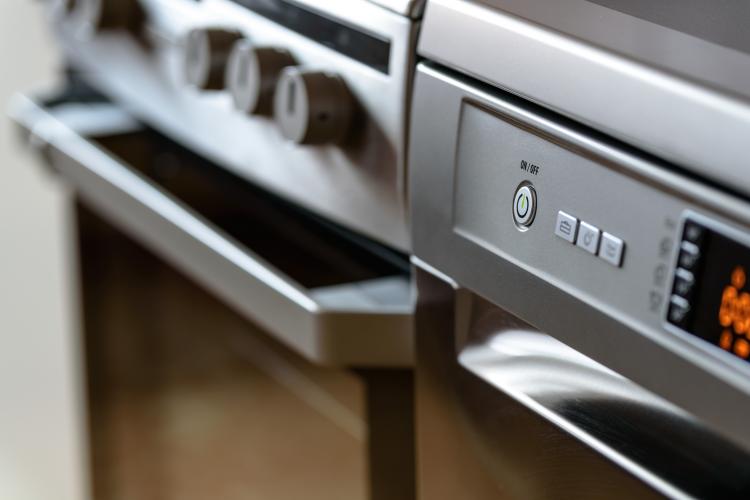
One August afternoon, a few MEEAites embarked on a recon mission to gather data on smart devices in two major retailers of home appliances. Sadly, the budget didn’t approve our request for black turtlenecks and spy gear, so we had to make do with business casual.
Our goal was to get a general idea of what type of technology comes with today’s appliances that are commonly available to the public. As MEEA sets out to not only understand, but also influence on the world of intelligent efficiency, we have recently found ourselves arriving at the same question that starts at the consumer: What do customers experience today when buying new home appliances?
Not content to be armchair EE professionals, we walked into the first store, and my co-worker immediately blew our cover by telling a salesperson that we were looking for connected devices. We quickly learned, though, that “connected” isn’t a request that salesmen are hoping for, and a store associate quickly figured out that we didn’t need help and walked swiftly in the opposite direction. See ya. Left on our own, we embraced the opportunity and completely surveyed the appliance section and photographed any sign of an appliance being smart, connected, energy efficient, advanced...you get the picture.
After visiting two stores, we learned a few lessons to share.
1. Creating your own network of connected devices is complicated
2. Clothes washers are hot, dishwashers are not
Maybe it’s the lack of one in my tiny Chicago apartment, but I was most excited to look at some ultra-efficient, smart-grid-ready dishwashers. Arguably the
3. Washing machines and residential refrigerators are more developed
The most common appliances with smart technology were washing machine/clothes dryer combo units, and the second most common was refrigerators. However, it isn’t hard to imagine that we might see these technologies branching onto dishwashers in the near future. Other appliances that are picking up advanced capabilities include hot water heaters and small appliances, such as coffee makers.
4. Salespeople might not be aware of the detailed benefits of smart appliances
After asking a salesperson if they stocked dishwashers that could be connected to time-of-use pricing programs, I received a somewhat jumbled explanation about the local utility rebate and some installation tips—all useful information, but not only did my question about time-based programs go unanswered, I walked away feeling as if they didn’t understand what I was even asking about.
Not all time-based pricing programs are designed to control the appliances, and certain programs are designed to connect with specific appliances. It seems that if you want to move beyond the thermostat into advanced control of appliances, you may be on your own to find appliances that will be compatible. Perhaps this process would feel smoother in other utility territories. A list of current benefits in stores could possibly lead to better education of both the entities selling appliances and the consumer. For now, new appliance features focus on capacity, layout convenience or aesthetic.
Conclusion
From our experience as customers, our primary take-away was that it is currently difficult to set up an all-encompassing, comprehensive array of smart appliances. On one hand, the competition to create and sell specialized smart products encourages innovation, but also has led to proprietary systems that may conflict with other brands, or even products within the same brand. Another factor that adds to the difficulty is finding resources on what type of benefits having a smart appliance can offer in terms of pricing systems and rebates. Infrastructure may still be developing or unavailable, making it difficult to navigate what benefits are available to you based on your location. Savvy consumers will be able to assemble a collection of interconnected devices, but for now, we recommend Googling before shopping to figure out what’s available and which brand or system you prefer.